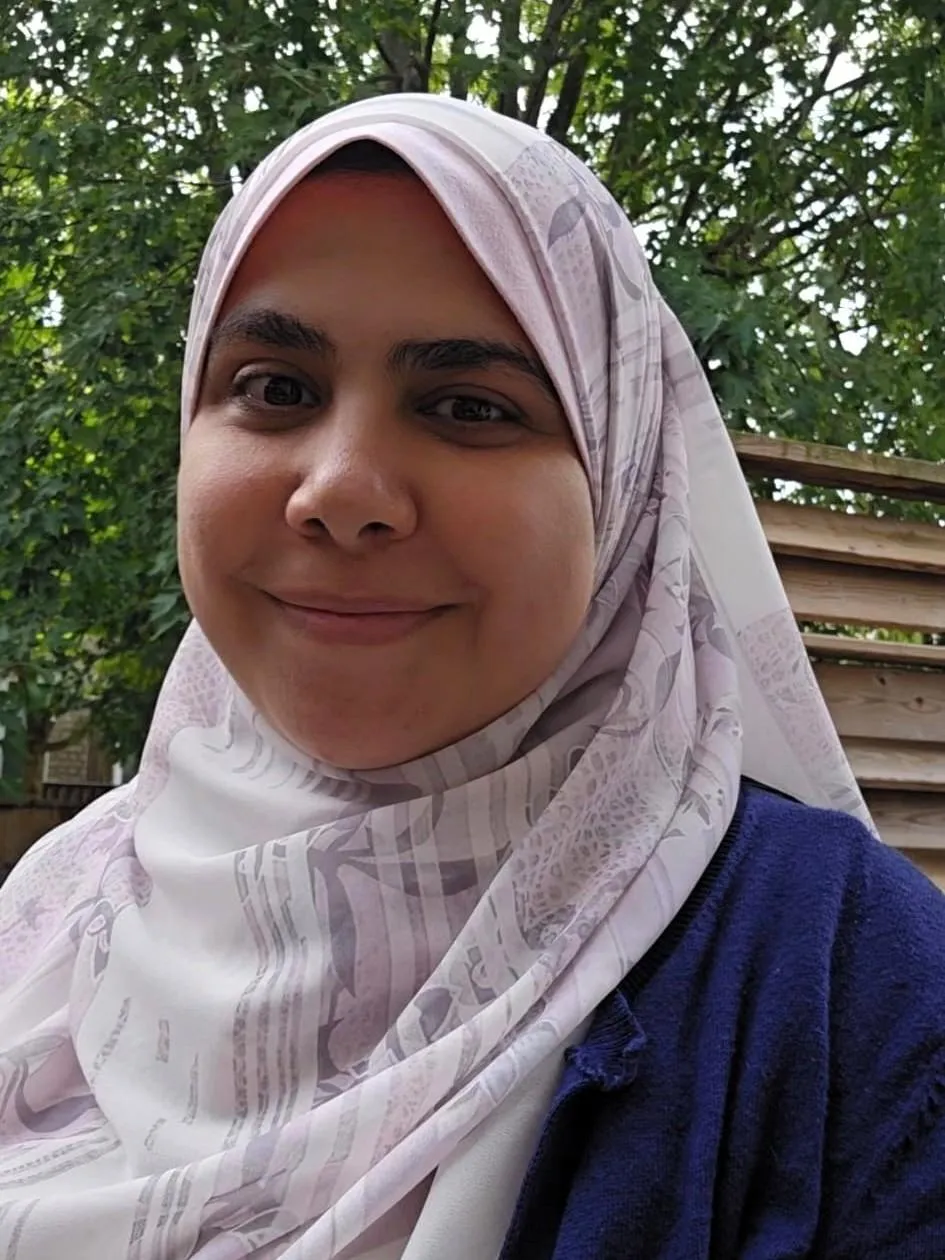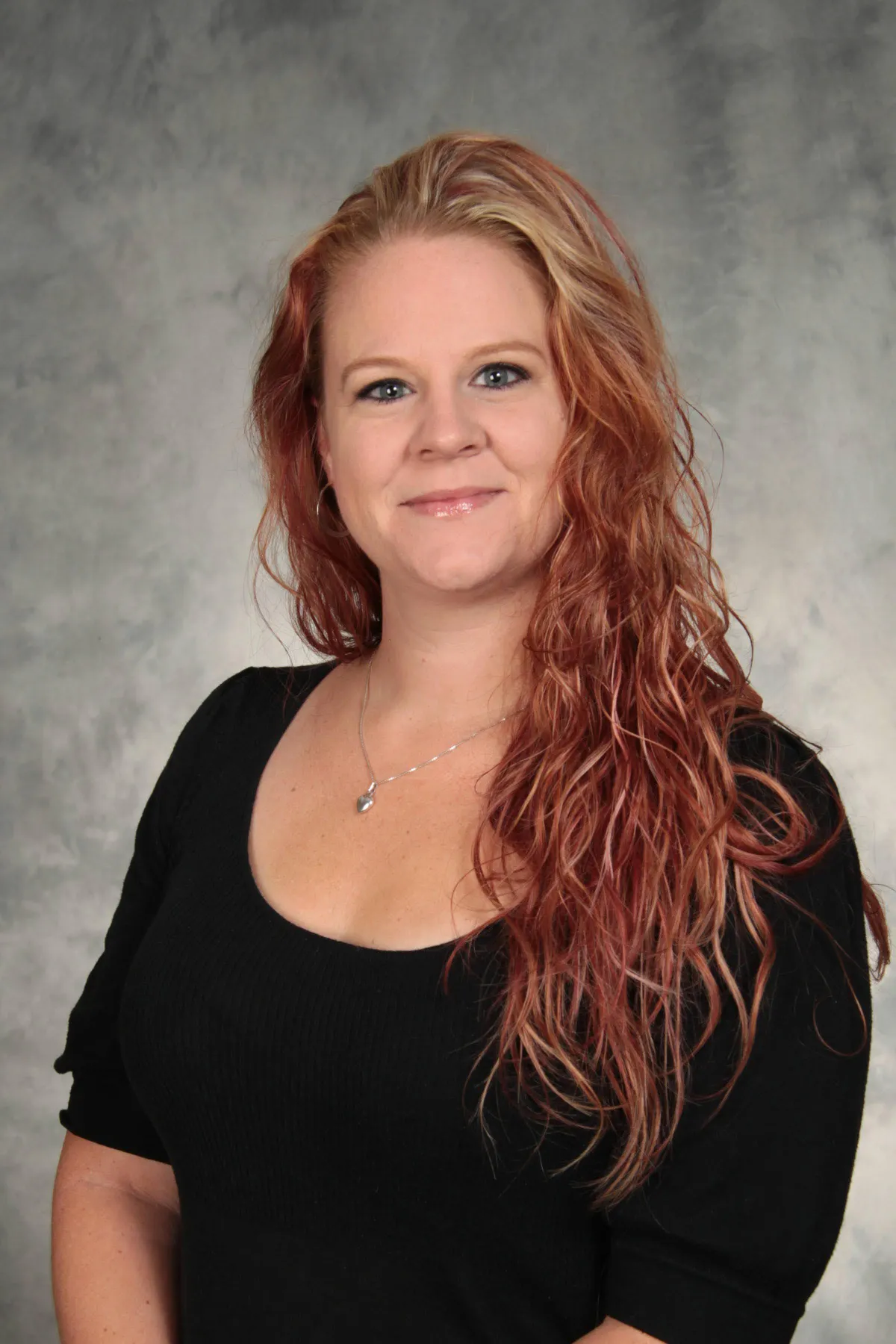Eye Movement Desensitization and Reprocessing (EMDR)
What EMDR Is
Eye Movement Desensitization and Reprocessing, or EMDR, is a type of therapy that helps your brain process distressing memories so they stop feeling so intense and overwhelming. It’s often used for trauma but can help with many kinds of emotional pain.
The idea is that when something painful happens and your brain can’t fully process it, the memory gets stuck. EMDR helps unstick it so it can be stored like any other memory, without that same emotional charge. You’re not erasing what happened, you’re helping your brain finally file it away where it belongs.

When EMDR Can Help
EMDR was developed for trauma but it’s also effective for a bunch of other challenges, including:
Posttraumatic stress disorder (PTSD)
Anxiety or panic
Phobias
Grief or complicated loss
Chronic pain
Low self worth or shame
Performance anxiety
Distressing memories or flashbacks
Relationship or attachment trauma
You don’t need a specific diagnosis to benefit from EMDR. If something from your past keeps popping up or still affects how you feel or react today, EMDR might help.
What Happens in a Session
EMDR looks different from regular talk therapy. Instead of focusing mainly on conversation, your therapist will guide you through a series of steps that help your brain reprocess stuck memories. This usually involves using eye movements, tapping, or sounds that activate both sides of the brain while you briefly recall the memory.
It’s not about talking in detail about the event, it’s about helping your brain complete the processing it didn’t get to do back then. Over time, those memories lose their emotional intensity, and the triggers that used to set you off start to quiet down.
Sessions are 60 minutes long and move at a pace that feels safe for you. Your therapist will spend time helping you prepare before diving into trauma work, making sure you have grounding tools and coping skills to keep you steady during and after sessions.


Starting EMDR Therapy
EMDR at Healing Journey moves at your pace. There’s no rush and no one-size-fits-all plan. Your therapist will work with you to figure out what feels right and make sure you have solid grounding tools before getting into the heavier stuff.
Some people use EMDR on its own, while others mix it with approaches like CBT or ACT. It depends on what fits best for you and what you’re working on. The goal is to make the process feel safe, steady, and genuinely helpful, not overwhelming.
If you’re thinking about trying EMDR, let’s talk it through. We can figure out whether it makes sense for you right now and what the process might look like.
Contact Us To Get Started
STEP ONE: CONTACT US

There a multiple ways get get in touch depending on your comfort level. You can call, text, email or fill out the form below.
STEP TWO: SET UP A 15 MINUTE CONSULT

You can connect to our administration team and/or a therapist for a complimentary phone call to ask questions, learn about our process and the next steps forward. This is your chance to find out if the therapist is a good fit, without a commitment
STEP THREE: SCHEDULE AN APPOINTMENT

Begin your healing journey. Whether it is through video sessions virtually or in person at our Saugeen Shores office, set up your first appointment today.
Meet Our Team
Karah Kirkland

Registered Social Worker, Psychotherapist
In Person (Saugeen Shores) & Virtual
Jessica Brown

Registered Social Worker, Psychotherapist
Virtual
Jodie Ellenor

Registered Social Worker, Psychotherapist
In Person (Saugeen Shoes) & Virtual
Sonia Nasri

Registered Social Worker, Psychotherapist
Virtual
Doaa Mahrous

Registered Psychotherapist
Virtual
Nicole Pitt

Registered Social Worker, Psychotherapist
Virtual

